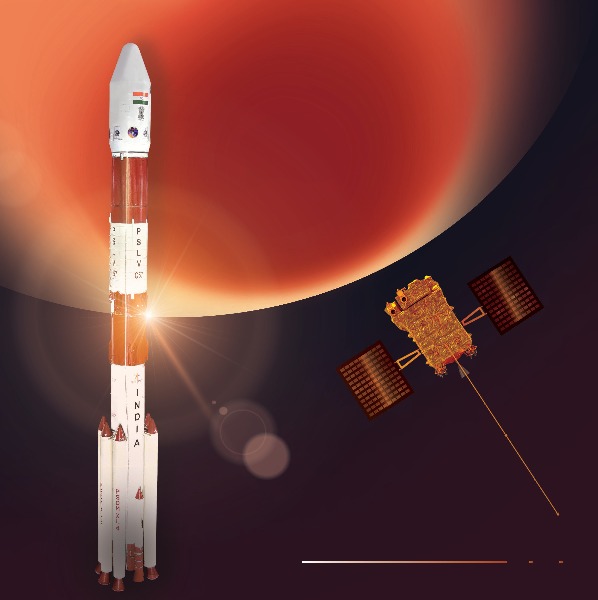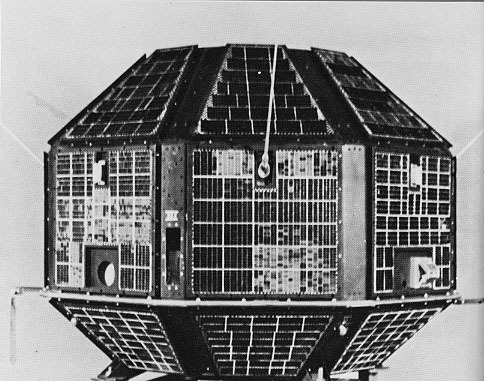On August 15, 2025, India commemorates its 79th Independence Day, a day of reflection, pride, and renewed ambition. It also marks a special milestone in the story of India’s scientific and technological growth, especially in space exploration, where the Indian Space Research Organisation (ISRO) has carved a unique global identity.
Founded on the same date in 1969, ISRO was the brainchild of Dr. Vikram Sarabhai, who envisioned harnessing space science for India’s development — not just prestige. His dream has since evolved into one of the world’s most admired space programs, renowned for cost-efficiency, innovation, and mission success.
From launching satellites to interplanetary missions, ISRO has grown from humble beginnings to placing India firmly on the global space map.

Here are the Top 10 ISRO achievements that every Indian can proudly celebrate in 2025:
1. Aryabhata & SLV-3: Laying the Foundation
Aryabhata, launched on April 19, 1975, was India’s first satellite, named after the ancient Indian mathematician. Though it was launched from the USSR and suffered early technical failures, it laid the groundwork for India’s future in satellite development.
Just five years later, on July 18, 1980, SLV-3 placed the Rohini satellite into orbit — marking India’s first successful indigenous launch vehicle mission, under the guidance of Dr. A.P.J. Abdul Kalam.
These early missions signaled the beginning of India’s self-reliance in space technology.

2. INSAT Series: Connecting a Nation
Launched in 1983, the INSAT (Indian National Satellite System) revolutionized India’s communication infrastructure. Over the years, it has enabled TV broadcasting, telemedicine, weather forecasting, search and Rescue and disaster alerts. With over 200 transponders and 9 operational satellites, INSAT remains one of Asia-Pacific’s largest and most effective communication systems.
3. Mangalyaan – Mars Orbiter Mission
India stunned the world by becoming the first nation to reach Mars on its maiden attempt, and at a fraction of global costs.
Launched on November 5, 2013, Mangalyaan entered Mars orbit on September 24, 2014. It costed $74 million, with the purpose of studying Martian surface, atmosphere, and climate. Its outcome proved India’s capabilities in interplanetary missions. Even NASA praised the feat, calling it an engineering marvel.
4. PSLV-C37 – 104 Satellites in One Launch
On February 15, 2017, ISRO made global headlines by launching 104 satellites in a single mission using the PSLV-C37, a world record at the time. Its main payload was the Cartosat-2D. Other satellites: 103 nano-satellites from countries like the USA, Israel, UAE, and more. This feat demonstrated ISRO’s precision, affordability, and leadership in the commercial launch market.
5. Chandrayaan Missions – India’s Lunar Legacy
- Chandrayaan-1 (2008): Discovered water molecules on the Moon for the first time.
- Chandrayaan-2 (2019): Orbiter still functioning, collecting lunar data, though the lander crashed.
- Chandrayaan-3 (2023): On August 23, 2023, India became the first country to land near the Moon’s south pole, a region with potential for frozen water and future human missions.
This success placed India among elite lunar nations, alongside the US, China, and Russia.
6. GSLV & GSAT: Powering Heavy Lifts & Communications
The GSLV (Geosynchronous Satellite Launch Vehicle) program gave ISRO the muscle to launch heavier satellites.
Notable missions:
- GSLV-D5 (2014): Used India’s first indigenous cryogenic engine
- GSLV Mk III-D1 (2017): Launched GSAT-19, India’s heaviest satellite at the time
The GSAT series has enabled stronger mobile and broadband connectivity, secure defense communication and maritime and rural coverage.
7. NAVIC: India’s Own GPS (2018)
NAVIC (Navigation with Indian Constellation) was fully operational by 2018.
With 7 satellites in orbit, NAVIC offers positioning accuracy within 10 meters, and covers India and 1,500 km beyond. It’s vital for defense and security, transport and logistics, disaster response and civil navigation. Unlike GPS (US) or GLONASS (Russia), NAVIC is independently controlled by India, ensuring strategic autonomy.
8. RISAT-1: Eyes in All Weather (2012)
Launched on April 26, 2012, RISAT-1 was India’s first radar imaging satellite.
Key features include seeing through clouds, rain, fog, and darkness. It is vital for agriculture monitoring, flood prediction, and border surveillance. Its C-band Synthetic Aperture Radar (SAR) gave India crucial all-weather, day-night Earth observation capability.
9. Aditya-L1: Eye on the Sun
Launched on September 2, 2023, Aditya-L1 is India’s first solar observatory, stationed at Lagrange Point 1 (L1) — about 1.5 million km from Earth.
Mission objectives are to study solar flares, solar winds, corona and help predict space weather events that can disrupt satellites and power grids. It places India among a handful of nations with dedicated heliophysics missions.
10. India’s Growing Commercial Space Economy
ISRO’s commercial arm, Antrix Corporation, and now NewSpace India Ltd (NSIL), have made India a global hub for satellite launches.
With private sector reforms and encouragement of startups like Skyroot, Agnikul, and Pixxel, India’s space sector is expected to cross $13 billion by 2030.
Honour and Legacy
From launching from borrowed launchpads to landing on the Moon, ISRO’s journey is a story of resilience, vision, and innovation. Every milestone is a tribute to thousands of scientists, engineers, and technicians who turned dreams into reality.
As we celebrate Independence Day 2025, ISRO’s achievements shine as symbols of India’s sovereignty, technological might, and global aspirations.
